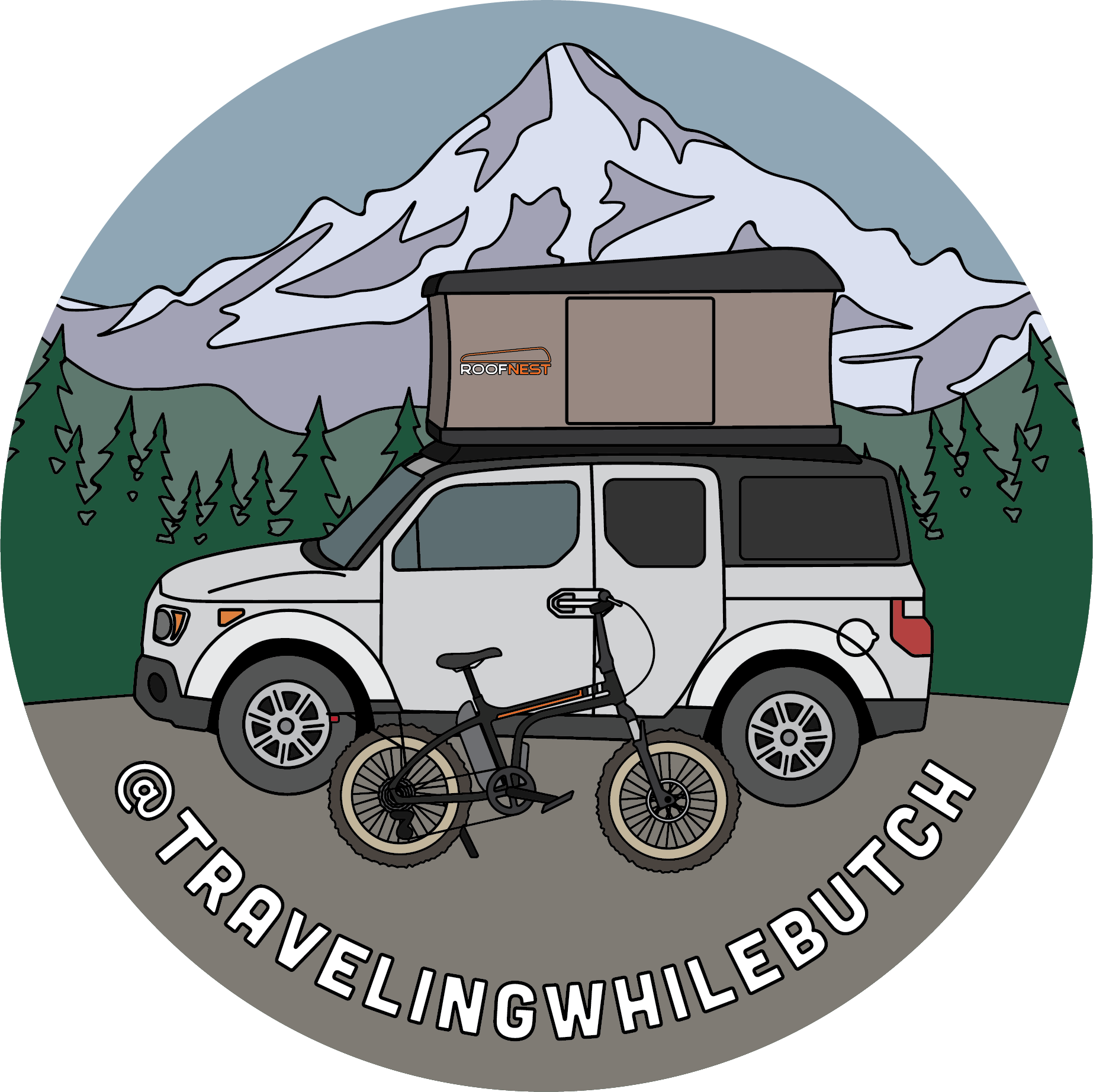Camino Tech Talk: Cell Phones On The Camino
I recently received a request for more information about using a cell phone while walking the Camino de Santiago in Spain. I thought this might be something other people may have questions about, so I'm going to do my best to address the issue.
On my first Camino walk in 2010, I did not carry a cell phone with me. I decided to go as low-tech as possible, using mostly internet pay-as-you-go stations in towns along the way. This worked pretty well for me at the time.
This past year, I made the decision to walk a route on the Camino Portuguese not a lot of people, especially English-speaking pilgrims, do. Because I knew the risk of being alone without a guidebook and minimal directions, I chose to bring my iPhone 4S with me. Before I left for Portugal and Spain, I consulted some of my favorite travel bloggers for tech advice. Dave and Dustin from Too Many Adapters, along with Aaron from Aaron's Worldwide Adventures came through for me with some great ideas. I'd like to share how I carried my cell phone with me while walking from Porto, Portugal to Santiago de Compostela, Spain on a three and a half week trip.
Some of the details you'll need to know about my situation are:
- I have been a Verizon customer for years. My account is in good standing.
- I changed over from a Blackberry to an iPhone in March 2012.
- I currently have an iPhone 4S.
- With Verizon, the iPhone 4S and 5 are both capable of being unlocked and have SIM card slots on the right side of the phone, I have heard the 3GS does too.
While I was waiting for a connecting flight at DFW, I called Verizon's Customer Service line and politely asked for them to unlock my phone. I explained I was going to be traveling outside the United States and was planning to get a SIM card while traveling. Because my account was in good standing and I had been a customer for quite some time, they told me it wouldn't be a problem. They even emailed me information with international phone numbers, as well as instructions on how to install the SIM card and assure everything worked properly.
Upon landing in Portugal, I went to the Vodafone kiosk in the Lisbon airport terminal and pointed to the 1GB data plan for 16 Euros. Without speaking more than a few words, the guy installed my new SIM card, secured my old one (this is very important: DO NOT LOSE YOUR SIM CARD!) and had restarted my phone. It took less than 15 minutes.
The process was pretty simple:
- They open the SIM slot on your phone and remove your cell provider's SIM card. DO NOT LOSE THIS!
- They will cut the new SIM card to the appropriate size for your phone, insert it and restart your phone.
- Be sure to keep the envelope with all of the SIM card info on it including the PIN. You will need this if you have to restart the phone for any reason. I kept this with my passport.
For my travels in Europe, having the data plan was the most important part. I topped off the card occasionally so I could get talk time if I needed to make a phone call or send some texts. I used my phone to take photos, upload to Instagram and Facebook, and post occasional status updates on Twitter. Once I started walking on the Camino Portuguese, I also used the Maps app to make sure I was on the right path when I had questions. It was helpful to find open restaurants too.
When I arrived in Spain, I went to the first cell phone store I found, which was an Orange store. In my broken Spanish, I told the customer service rep I needed a SIM card for my iPhone with a lot of internet and a little bit of talk time and was given a SIM card for 10 Euros with unlimited data and limited telephone talk time. Again, I topped it up occasionally when I needed more talk time, otherwise, it was seamless.
A lot of people will tell you to go "tech-free" on the Camino. There is a whole lot of value in doing so. However, based on what I anticipated, I chose to use my cell phone for the 10 days I walked. I am so glad I did. For the first four days of my walk, I was alone. There wasn't another pilgrim in sight. My phone allowed me to keep in touch with my family to let them know I was safe and sound, and on those days when my "guide" was not accurate, I could troubleshoot where I was. I was able to communicate with Couchsurfing hosts, book AirBnB stays and keep in touch with friends I met along the way.
For those of you with other cell phone providers, I strongly suggest doing some simple Google searches, as well as making a phone call to your customer service number to find out what your options are. I found the SIM cards were a much more affordable option than paying the ridiculously expensive international data plan option through Verizon. I spent 26 Euros for two SIM cards plus another 20 Euros for extra talk time. Well below the $25/100MB data plan offered through Verizon's Global Data Plan.
Please feel free to ask questions in the comments section and I'll do my best to help!
